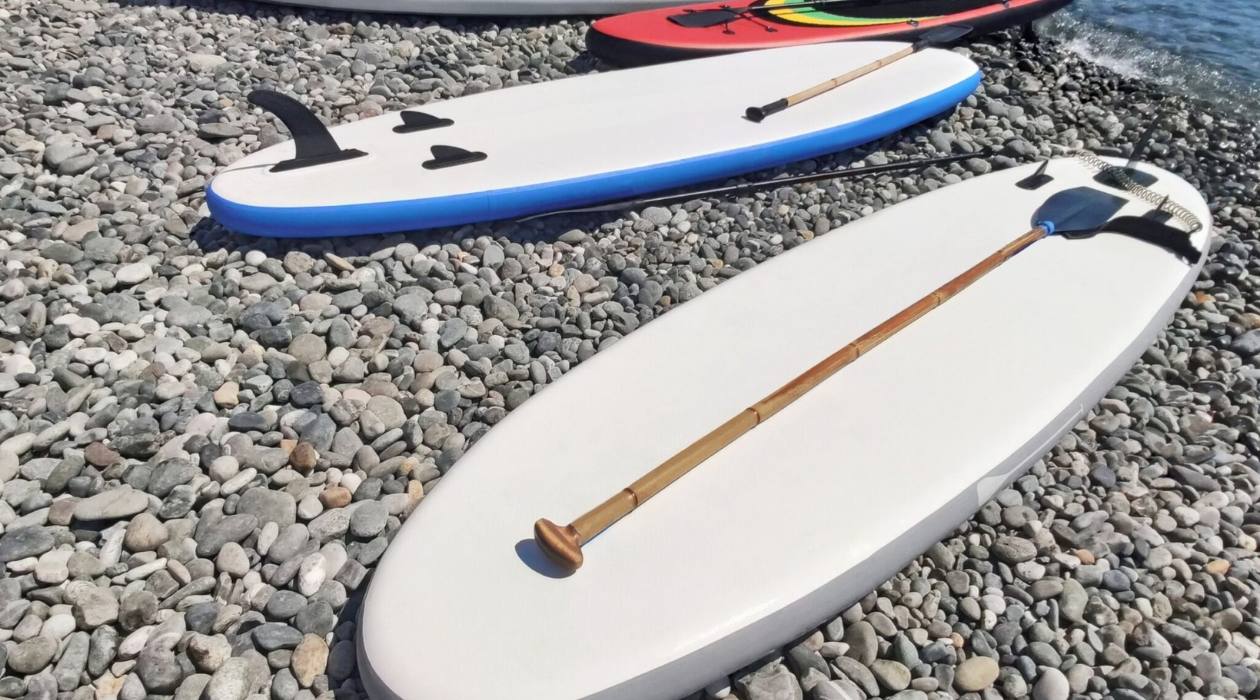

Articles
How To Store Inflatable Sup For Winter
Modified: February 28, 2024
Learn the best way to store your inflatable SUP during the winter months with our helpful articles. Keep your board safe and ready for the next season.
(Many of the links in this article redirect to a specific reviewed product. Your purchase of these products through affiliate links helps to generate commission for Storables.com, at no extra cost. Learn more)
Introduction
As the winter season approaches, it’s time to start thinking about how to properly store your inflatable SUP (Stand-Up Paddleboard) to ensure its longevity and performance. While inflatables are more convenient in terms of transportation and storage compared to traditional hard boards, they still require proper care and maintenance.
In this article, we will discuss the importance of storing your inflatable SUP properly during the winter months, as well as provide you with a comprehensive guide on how to do so. Whether you’re a beginner or an experienced paddleboarder, following these tips will help you protect your investment and ensure that your SUP is in top condition when it’s time to hit the water again.
Proper storage not only helps to prolong the lifespan of your inflatable SUP, but it also prevents potential damage such as punctures, fading colors, or bent fins. Taking the time to store your SUP correctly will save you from unnecessary repairs or the need to purchase a new board entirely.
So, let’s dive in and discover the best practices for storing your inflatable SUP for the winter season.
Key Takeaways:
- Properly storing your inflatable SUP during winter ensures longevity, performance, and protection against damage. Follow guidelines for location, preparation, cleaning, and maintenance to enjoy hassle-free paddling adventures.
- Regular maintenance and careful re-inflation after winter storage are crucial for a smooth transition back to the water. Take the time to inspect, clean, and gradually re-inflate your SUP for safe and enjoyable paddling experiences.
Read more: How To Store Inflatables
Why it’s important to store your inflatable SUP properly
Proper storage of your inflatable SUP is essential for several reasons. Here are a few key reasons why you should take the time to store your board correctly:
- Prolong the lifespan of your SUP: By storing your inflatable SUP properly, you can prevent unnecessary wear and tear. Exposure to extreme temperatures, direct sunlight, or moisture can degrade the materials and weaken the board over time. Proper storage helps to maintain the integrity of the SUP and extends its lifespan.
- Protect against damage: Inadequate storage can result in punctures, scratches, or bent fins. When not in use, your SUP can still be vulnerable to accidents or mishaps that can cause irreversible damage. Proper storage ensures that your board is safely tucked away, reducing the risk of accidents or unintentional damage.
- Maintain optimal performance: Storing your SUP properly helps to ensure that it maintains its optimal performance. When stored correctly, the board retains its shape and rigidity, allowing it to glide smoothly on the water when you’re ready to use it again. Improperly stored boards may lose their shape or develop creases, affecting their performance on the water.
- Prevent mold and mildew: Moisture can be the enemy of an inflatable SUP. Storing your board in a dry, well-ventilated area helps to prevent the growth of mold and mildew. These unwanted visitors can not only damage the board but also pose potential health risks. Proper storage ensures that your SUP stays clean and dry between uses.
- Save time and money on repairs: Neglecting to store your inflatable SUP properly can lead to avoidable damages that require costly repairs or replacements. By taking the time to store your board correctly, you can save yourself the hassle and expense of dealing with repairs, allowing you to spend more time enjoying your paddleboarding adventures.
Now that you understand the importance of proper storage, let’s explore how to choose the right location for storing your inflatable SUP.
Choosing the right location for storage
When it comes to storing your inflatable SUP, choosing the right location is crucial. Here are some factors to consider when selecting the ideal storage spot:
- Indoor vs. outdoor storage: Whenever possible, it’s best to store your inflatable SUP indoors. Indoor storage protects the board from extreme temperatures, direct sunlight, and the elements. However, if indoor storage is not available, consider finding a well-shaded and sheltered area outdoors that provides some protection from the sun and weather.
- Temperature control: Extreme temperatures can have adverse effects on your inflatable SUP. Avoid storing your board in areas that experience extreme heat or cold, such as attics or garages without temperature regulation. Fluctuations in temperature can lead to material degradation and affect the performance of the board. Look for a location with a relatively stable temperature.
- Dry and well-ventilated: Moisture is one of the biggest enemies of an inflatable SUP. Choose a storage location that is dry and well-ventilated to prevent the growth of mold and mildew. Basements or areas with dehumidifiers are excellent options, as they help maintain low humidity levels.
- Away from sharp objects: Ensure that your chosen storage spot is free from sharp objects that can puncture or damage the board. These can include tools, metal surfaces, or even sharp edges on shelves or storage containers. Minimize the risk of accidental damage by keeping your SUP away from potential hazards.
- Avoid direct sunlight: UV rays can fade or weaken the materials of your inflatable SUP over time. Choose a storage location that is shielded from direct sunlight. If indoor storage is not possible, consider covering your board with a light-colored cover or tarp to protect it from prolonged exposure to sunlight.
By considering these factors when selecting a storage location, you can ensure that your inflatable SUP is kept in an optimal environment. In the next section, we will discuss how to prepare your SUP for winter storage.
Preparing your SUP for winter storage
Before you stow away your inflatable SUP for the winter season, it’s essential to properly prepare it. Here are some steps to follow to ensure your board is ready for storage:
- Clean your SUP: Thoroughly clean the entire surface of your inflatable SUP using a mild detergent and water. Pay special attention to removing any dirt, sand, or salt residue. Use a soft brush or sponge to gently scrub the board, rinse it thoroughly, and allow it to dry completely.
- Inspect for any damage: While cleaning your SUP, take the opportunity to inspect it for any signs of damage or wear. Look out for punctures, holes, or tears in the material, loose or broken fins, or any other issues that may require repairs before storage.
- Deflate your SUP: It’s crucial to completely deflate your inflatable SUP before storing it. Follow the manufacturer’s instructions for deflating the board, ensuring that all air is released. This will prevent unnecessary strain on the seams and valves during storage.
- Air dry your SUP: After deflating, allow your SUP to air dry completely before folding and storing. Ensure that there is no moisture remaining on the board, as this can lead to the growth of mold or mildew during storage.
- Remove fins: If your inflatable SUP has removable fins, it’s a good idea to remove them before storage. This prevents any damage to the fins and makes the board easier to fold and pack.
- Roll or fold your SUP: Depending on the manufacturer’s guidelines, either roll or fold your deflated SUP neatly. Follow the recommended folding or rolling technique to avoid creases or damage to the board. Make sure the folded or rolled board will fit comfortably in your chosen storage bag or container.
By following these steps to prepare your SUP for winter storage, you can ensure that it is in optimal condition when you’re ready to use it again. In the next section, we will discuss the importance of choosing the right storage bag or container for your inflatable SUP.
Cleaning and drying your SUP
Properly cleaning and drying your inflatable SUP is a crucial step in maintaining its condition and preventing any issues during storage. Here are some tips to follow:
- Rinse with fresh water: After each use, rinse your SUP with fresh water to remove any saltwater, sand, or dirt. Use a hose or bucket to thoroughly rinse the entire surface of the board, paying special attention to the deck pad and any areas where debris may have collected.
- Use a mild detergent: If there are stubborn stains or dirt on your SUP, you can use a mild detergent. Dilute the detergent in water according to the instructions, and use a soft brush or sponge to gently scrub the affected areas. Avoid using harsh cleaners or abrasive materials, as they can damage the board’s surface.
- Rinse thoroughly: After cleaning with detergent, make sure to rinse the board thoroughly with fresh water to remove any residue. Residual soap or detergent can lead to the growth of mold or mildew during storage.
- Dry the SUP: Allow your inflatable SUP to air dry completely before storing it. Find a well-ventilated area or use a towel to pat down the board and remove excess moisture. If needed, you can also use a fan to speed up the drying process. Make sure the board is completely dry to prevent the growth of mold or mildew during storage.
- Store in a cool, dry place: Once your SUP is dry, it’s ready for storage. Make sure to store it in a cool, dry place to avoid moisture buildup. Avoid storing your board in damp or humid areas such as basements or garages without proper ventilation.
By following these cleaning and drying tips, you can ensure that your inflatable SUP is free from dirt, salt, and moisture before storing it for the winter season. In the next section, we will discuss deflating and folding your SUP.
Read more: How To Store An Inflatable Pool
Deflating and folding your SUP
Properly deflating and folding your inflatable SUP is crucial for compact storage and to prevent any damage to the board. Here are the steps to follow:
- Find a flat surface: Start by finding a flat and clean surface where you can work on your deflating and folding process.
- Remove the fin: If your inflatable SUP has a removable fin, carefully remove it from the fin box.
- Open the valve: Open the air valve on your SUP to release the air. You can gently press down on the board to help expel the air more quickly.
- Roll from the opposite end: Starting from the opposite end of the valve, slowly roll the deflated SUP towards the valve. This helps to push out any remaining air as you roll.
- Avoid folding the board: In general, folding an inflatable SUP is not recommended as it can cause creases or damage to the material. Instead, prioritize rolling the board tightly. If the board is too long to roll, you can fold it once in half before rolling.
- Secure with straps: Once the SUP is rolled tightly, secure it with the included straps or use bungee cords to keep it in place. This will prevent it from unravelling or taking up unnecessary space during storage.
- Store in a bag or container: Place your rolled or folded SUP in a storage bag or container. A dedicated SUP bag or backpack is ideal for protection and easy transport. Make sure the bag or container is clean and dry before storing your board.
- Avoid sharp objects: When storing your folded or rolled SUP, make sure to keep it away from any sharp objects that could puncture or damage the board. Store it in a safe place where it won’t be at risk of accidental damage.
By following these steps to deflate and fold your inflatable SUP, you can ensure a compact and protected storage solution. In the next section, we will discuss the importance of choosing the right storage bag or container for your SUP.
To store an inflatable SUP for winter, make sure it is completely dry before deflating and rolling it up. Store it in a cool, dry place away from direct sunlight and extreme temperatures to prevent damage.
Choosing the right storage bag or container
Choosing the right storage bag or container for your inflatable SUP is important for keeping it protected and organized during the winter months. Here are some factors to consider when selecting the ideal storage solution:
- Appropriate size: Ensure that the storage bag or container is the appropriate size for your inflated SUP. It should be spacious enough to accommodate your board without excessive squeezing or bending. Avoid bags or containers that are too small, as they can cause unnecessary strain on the board.
- Durable material: Look for storage bags or containers made from durable and water-resistant materials. This will provide an extra layer of protection against moisture and potential damages. Nylon or canvas bags with reinforced stitching are popular choices for inflatable SUP storage.
- Internal padding: Check if the storage bag or container features internal padding or cushioning. This will help protect your SUP from any bumps or impact during storage. Foam padding or soft fabric linings can provide added protection and prevent scratches or dings.
- Carrying straps or handles: Opt for a storage bag or container with comfortable carrying straps or handles. This makes it easier to transport your SUP to and from storage, especially if you need to travel to your paddling destination. Adjustable or removable straps provide versatility and convenience.
- Additional storage compartments: Some storage bags or containers come with additional compartments or pockets for storing accessories such as paddles, fins, or personal items. This can help keep everything organized and readily accessible when you’re ready to hit the water again.
- Ventilation: Choose a storage bag or container with proper ventilation to allow air circulation. This helps prevent the growth of mold or mildew inside the bag, especially if there is any residual moisture on your SUP. Ventilation also helps to keep your board fresh and odor-free.
- Easy access: Consider how easy it is to access your inflatable SUP from the storage bag or container. Look for designs that allow for convenient and quick access without having to struggle or spend excessive time unpacking or repacking.
By considering these factors when choosing a storage bag or container, you can ensure that your inflatable SUP is stored in a protected and organized manner. In the next section, we will discuss how to store your SUP in a safe and secure manner.
Storing your SUP in a safe and secure manner
Proper storage of your inflatable SUP is crucial to ensure its safety and protect it from any potential damage. Here are some tips on how to store your SUP in a safe and secure manner:
- Choose a stable location: Find a stable and secure location where you can store your SUP. Ensure that the area is free from any potential hazards that could accidentally damage the board, such as sharp objects, heavy items, or foot traffic.
- Elevate off the ground: Whenever possible, avoid storing your SUP directly on the ground. Elevate it using a sturdy rack or wall mount. This not only helps to protect the board from potential damage but also prevents moisture absorption from the ground.
- Utilize storage hooks or straps: If you’re storing your SUP on a wall or ceiling, use dedicated storage hooks or straps to secure it in place. This helps to prevent any accidental falls or damage from shifting during storage.
- Avoid excessive weight: Don’t stack heavy items on top of your stored SUP. Excessive weight can cause unnecessary stress on the board, leading to deformation, creasing, or damage. Keep the storage area clear of any heavy objects that could accidentally fall onto your SUP.
- Keep away from extreme temperatures: Avoid storing your SUP in areas that experience extreme temperatures, such as attics, garages without proper insulation, or outdoor sheds. Extreme heat or cold can degrade the materials of the board and affect its performance.
- Regularly inspect and check: Throughout the winter storage period, periodically check on your stored SUP to ensure there are no signs of damage, pests, or moisture buildup. This allows you to address any issues promptly and prevent any further damage.
- Rotate the position: If space allows, consider rotating the position of your stored SUP from time to time. This helps to distribute the weight evenly and prevents any potential long-term deformation or warping.
- Lock up if necessary: If you’re storing your SUP in a shared space or a location accessible to others, consider using a lock or security device to secure it. This provides an extra level of protection against theft and unauthorized use.
By following these tips, you can store your inflatable SUP in a safe and secure manner, ensuring its protection and longevity. In the next section, we will discuss the importance of regular maintenance during the winter months.
Regular maintenance during the winter months
Even though your inflatable SUP may be in storage during the winter months, it’s still important to perform regular maintenance to ensure its longevity and performance. Here are some essential maintenance tasks to consider:
- Inspect for any signs of damage: Periodically check your stored SUP for any signs of damage, such as punctures, tears, or bent fins. Address any issues promptly to prevent further damage or complications when you’re ready to use your board again.
- Release and reinflate: Every few weeks, release the air from your stored SUP and reinflate it briefly. This helps to ensure that the valves are functioning properly and maintains the shape of the board. It also helps to prevent any material deformation or creasing from prolonged storage.
- Check air pressure and adjust if necessary: If your board loses air pressure during storage, it may be due to fluctuating temperatures. Check the recommended air pressure for your SUP and adjust it if necessary. Proper inflation ensures optimal performance when you’re ready to paddle again.
- Inspect and clean the valves: Regularly inspect the valves on your SUP for any debris or blockages. Clean them if necessary to maintain proper functionality. Make sure the valves are tightly closed to prevent any potential air leaks during storage.
- Address any moisture issues: If you notice any excess moisture in the storage area or on your SUP, take steps to address the issue promptly. Moisture can lead to the growth of mold or mildew, which can damage the board. Use dehumidifiers or moisture-absorbing products to keep the storage area dry.
- Store accessories properly: If you have accessories such as paddles or fins, make sure to store them properly as well. Clean them, ensure they are dry, and place them in a separate bag or container to prevent any potential damage to your SUP.
- Keep the storage area clean: Regularly clean the storage area to prevent the buildup of dust, dirt, or pests. A clean storage environment helps to maintain the cleanliness and integrity of your SUP.
- Monitor for pest activity: Keep an eye out for any signs of pests in your storage area. Rodents and insects can cause significant damage to your board. Take necessary precautions such as placing pest deterrents or traps to protect your SUP.
By performing regular maintenance tasks during the winter months, you can ensure that your inflatable SUP remains in good condition and is ready for action when the paddling season returns. In the next section, we will provide some tips for re-inflating and using your SUP after winter storage.
Read more: How To Store Inflatable Pool
Tips for re-inflating and using your SUP after winter
After a season of winter storage, it’s time to bring your inflatable SUP out of hibernation and get ready for some paddling adventures. Here are some essential tips for re-inflating and using your SUP after winter:
- Inspect and clean: Before inflating your SUP, carefully inspect it for any signs of damage or wear. Check the seams, valves, and overall condition of the board. Clean your SUP thoroughly with mild detergent and water if necessary to remove any debris or residue from storage.
- Select a suitable location: Find a level and spacious area to re-inflate your SUP. Ensure there are no sharp objects or rough surfaces that could potentially damage the board during inflation.
- Reinflate gradually: Begin by inflating your SUP gradually. Start with low pressure and periodically check for any air leaks or anomalies. Slowly increase the air pressure until the board is at the recommended PSI level.
- Verify proper inflation: Check the manufacturer’s recommended PSI level to ensure your SUP is properly inflated. This is crucial for optimal performance and stability on the water. Use a high-quality pressure gauge to accurately measure the air pressure.
- Attach and secure accessories: If your SUP has removable accessories such as fins or a leash, attach them securely according to the manufacturer’s instructions. Double-check that they are properly tightened and won’t come loose during your paddling session.
- Perform a stability check: Before heading out on the water, take a moment to test the stability of your re-inflated SUP. Stand on the board and shift your weight from side to side to ensure it feels stable and balanced. This helps you familiarize yourself with the board’s feel and ensures a safe and comfortable paddling experience.
- Gradually ease into paddling: If it’s been a while since you’ve been on your SUP, take it slow during your first few sessions after winter storage. Start with shorter paddles and gradually increase the duration and intensity as you reacquaint yourself with your board and build up your paddling fitness.
- Regularly check for any changes: Throughout the paddling season, keep an eye out for any changes in the performance or condition of your SUP. Check for air leaks, signs of wear, or any issues that may require attention or repairs. Addressing potential problems early helps to prevent further damage.
- Enjoy your paddling adventures: Once your SUP is re-inflated and ready to go, it’s time to enjoy the water! Explore new lakes, coastlines, or rivers, and take full advantage of the freedom and serenity that paddleboarding offers.
By following these tips, you can ensure a smooth transition from winter storage to paddling season. Take the time to properly prepare, inflate, and test your SUP before venturing out on the water. Have fun and make memories as you embark on your paddling adventures!
With these guidelines in mind, you can properly store and maintain your inflatable SUP during the winter months, ensuring its longevity and peak performance. Remember, taking the extra time to store your SUP properly will pay off in the long run, resulting in more enjoyable paddling experiences for years to come.
Now, get out there and make the most of your time on the water!
Conclusion
Properly storing your inflatable SUP during the winter season is essential for maintaining its condition, longevity, and performance. By following the guidelines outlined in this article, you can ensure that your board remains protected and ready for your next paddling adventure.
We discussed the importance of storing your SUP properly, including choosing the right location, preparing the board for storage, cleaning and drying, deflating and folding, and selecting the appropriate storage bag or container. These steps help prevent unnecessary damage and ensure that your SUP stays in excellent shape during the winter months.
We also highlighted the significance of regular maintenance, even when your board is in storage. Checking for damage, maintaining proper air pressure, and inspecting for any moisture or pest issues help to ensure that your SUP is in prime condition when it’s time to take it out on the water again.
When you’re ready to bring your SUP out of hibernation, be sure to follow the tips for re-inflating and using your board after winter storage. By carefully inspecting, cleaning, and gradually re-inflating, you can ensure a safe and enjoyable paddling experience.
Remember, taking the time and effort to store and maintain your inflatable SUP properly will pay off in the long run. Not only will it help prolong the lifespan of your board, but it will also save you from unnecessary repairs or even the need to purchase a new board.
So, don’t overlook the importance of proper storage and maintenance for your inflatable SUP. By following these guidelines, you can ensure that your board is ready to hit the water with you, providing endless enjoyment and wonderful experiences for years to come.
Now, go ahead and apply these tips to store your inflatable SUP properly for the winter season. Enjoy the tranquility of the off-season knowing that your board is safe and well-maintained, and look forward to the thrill of paddling when the warmer weather returns.
Frequently Asked Questions about How To Store Inflatable Sup For Winter
Was this page helpful?
At Storables.com, we guarantee accurate and reliable information. Our content, validated by Expert Board Contributors, is crafted following stringent Editorial Policies. We're committed to providing you with well-researched, expert-backed insights for all your informational needs.
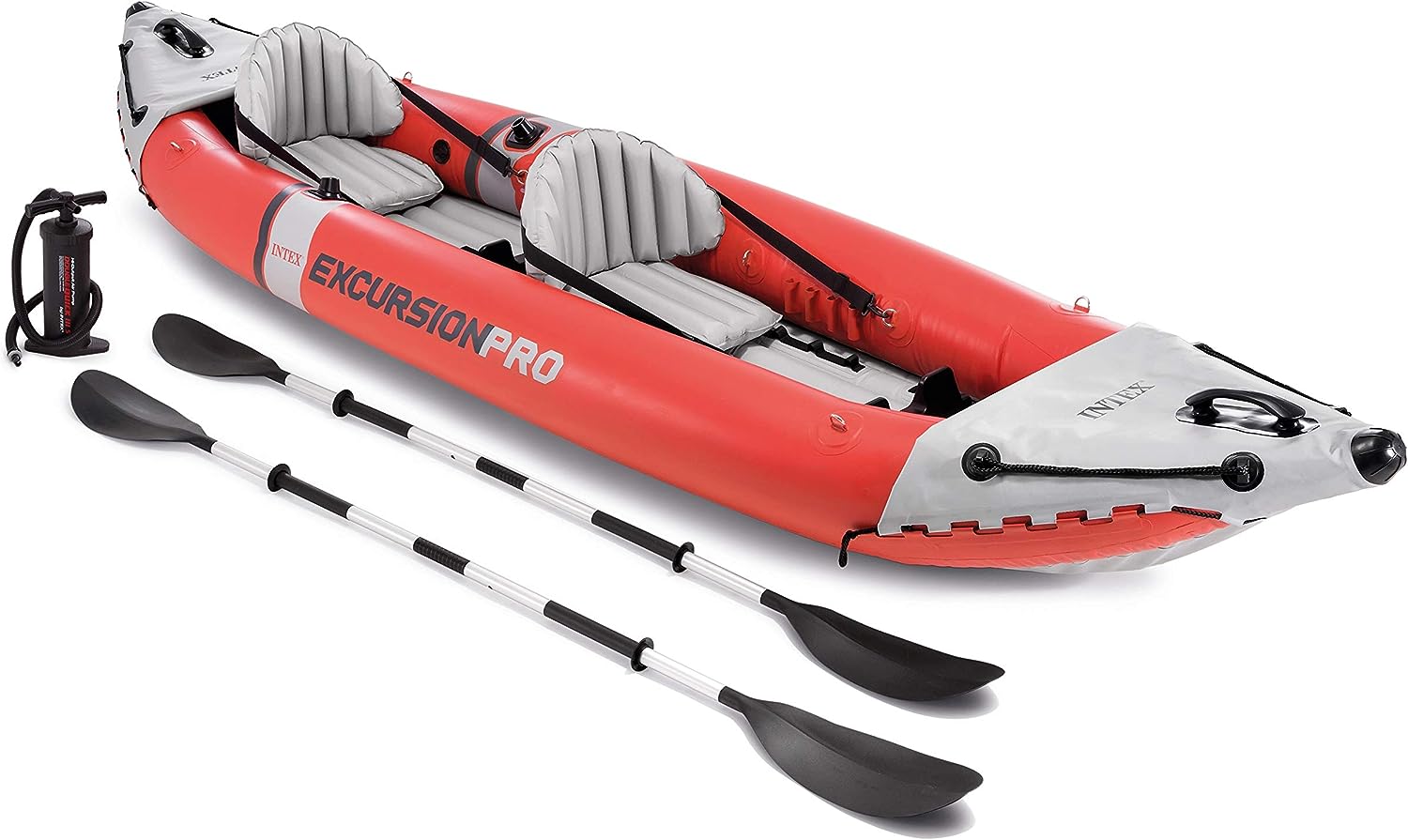
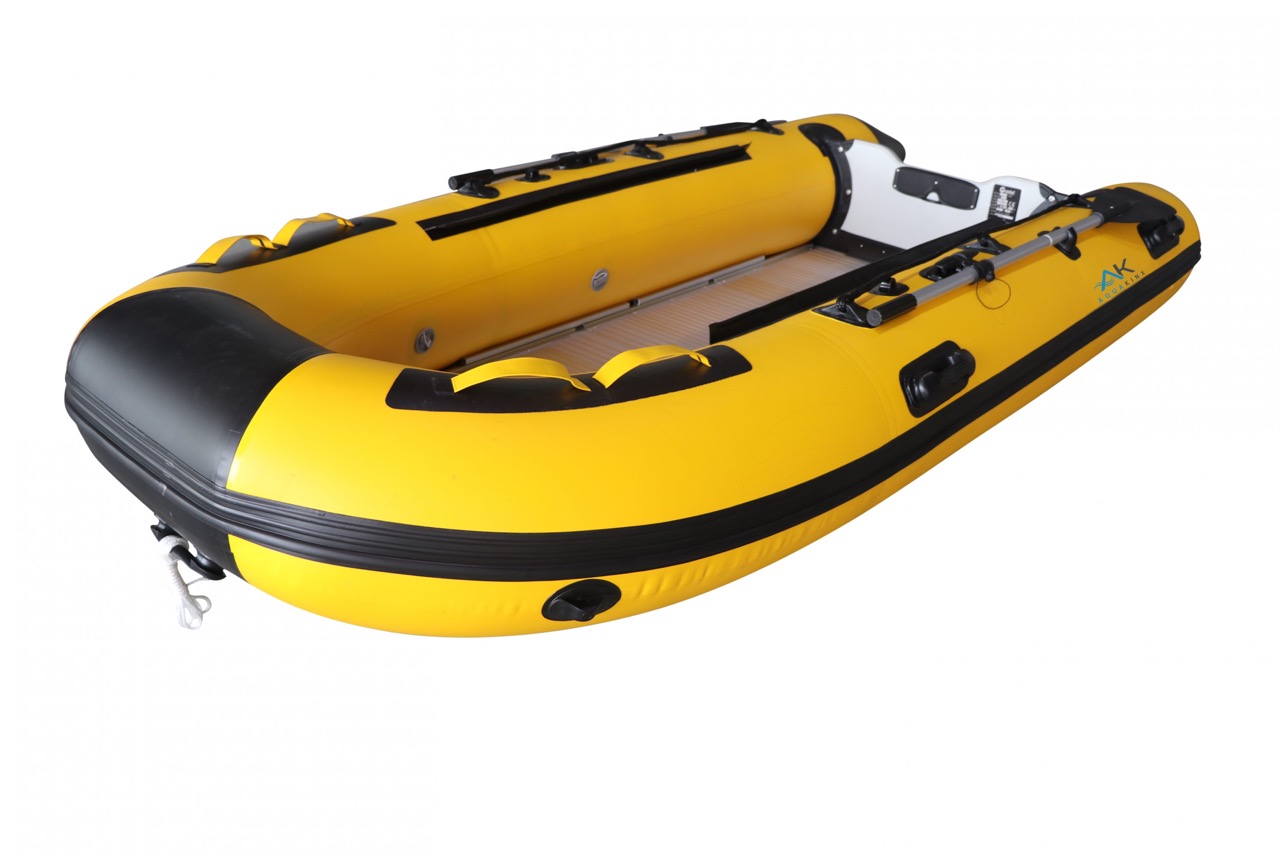
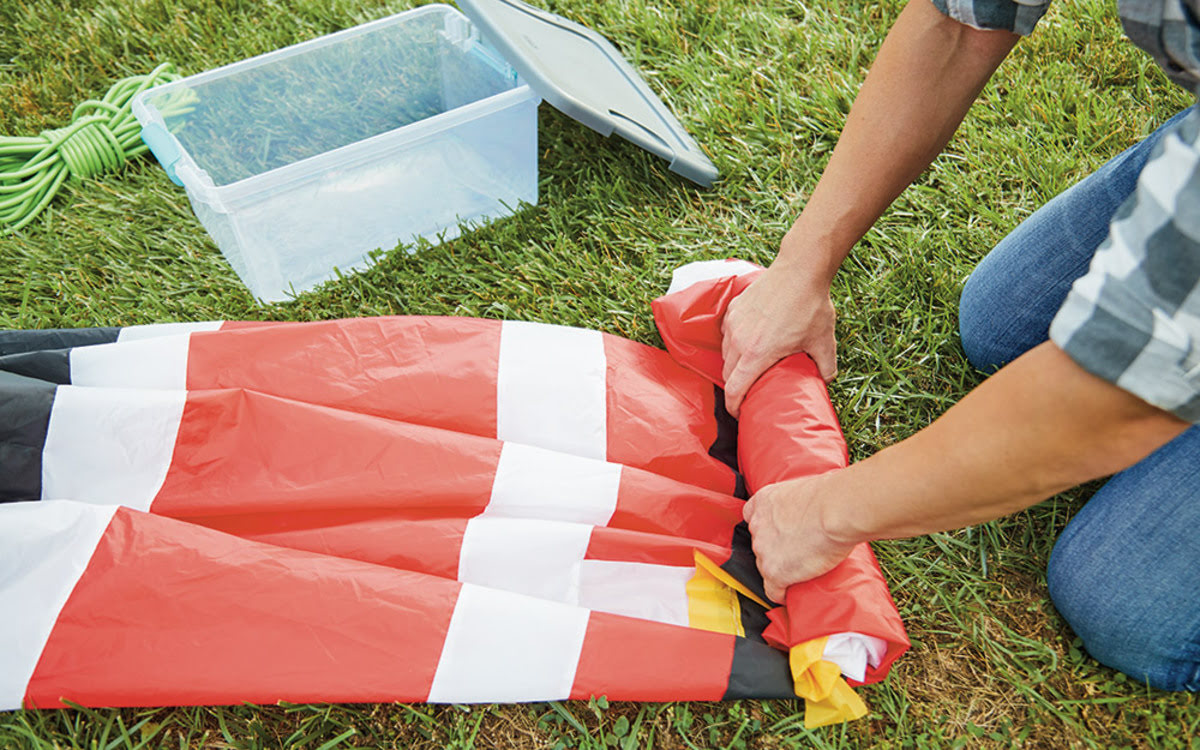
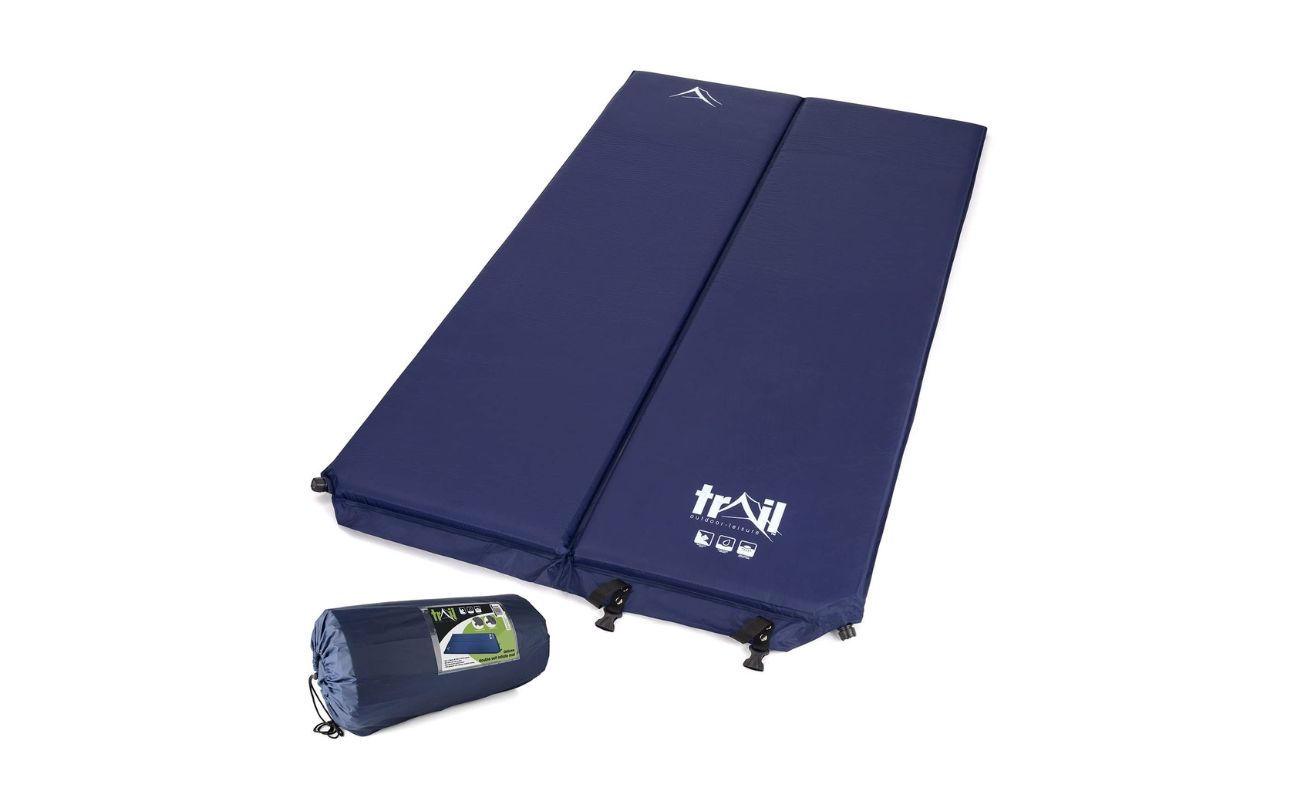
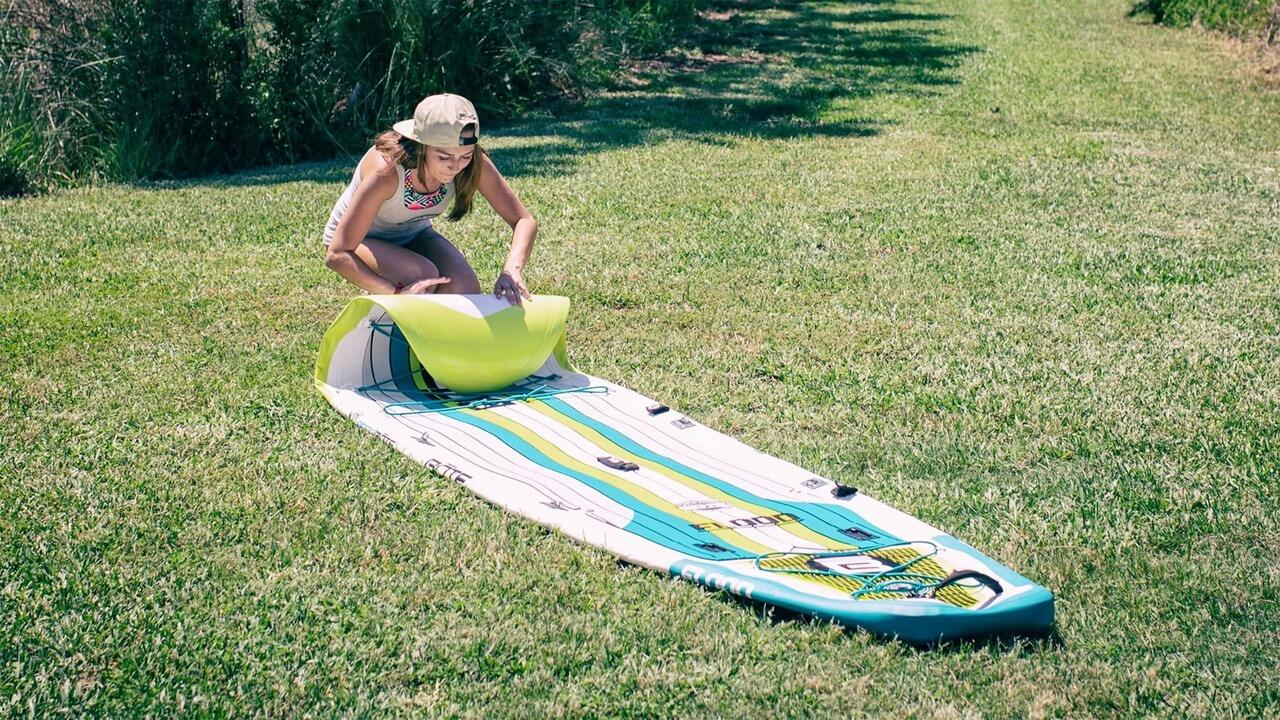

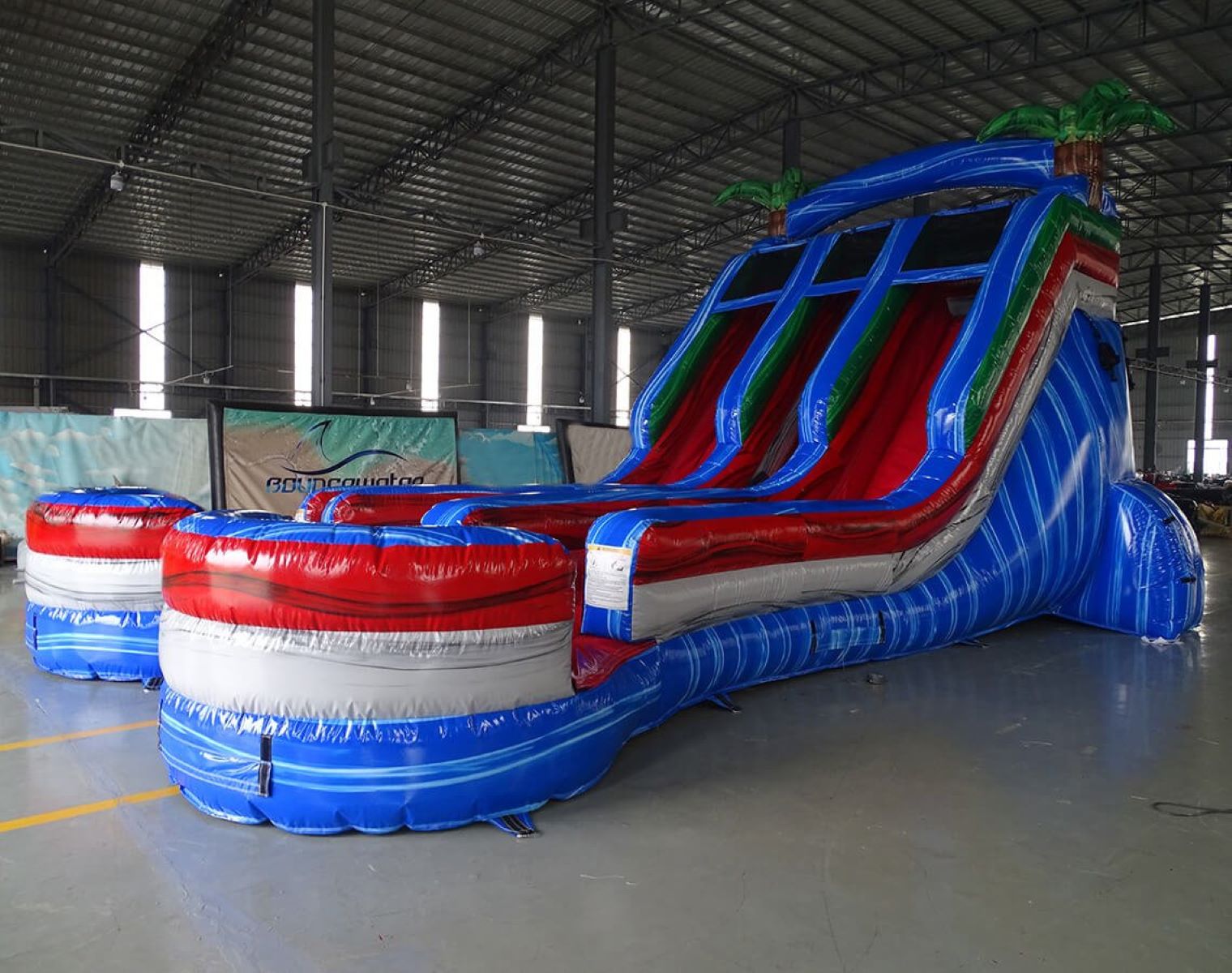
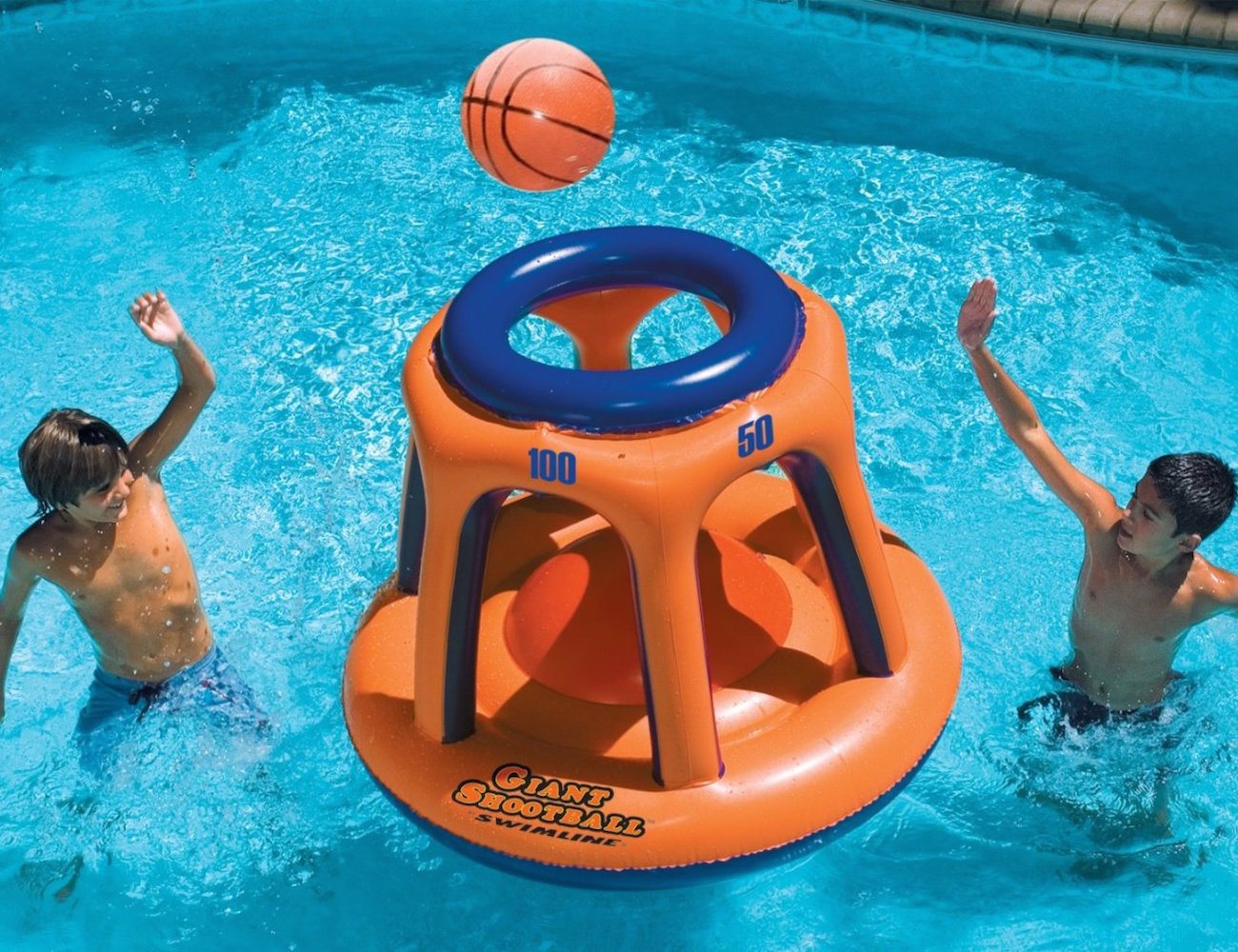


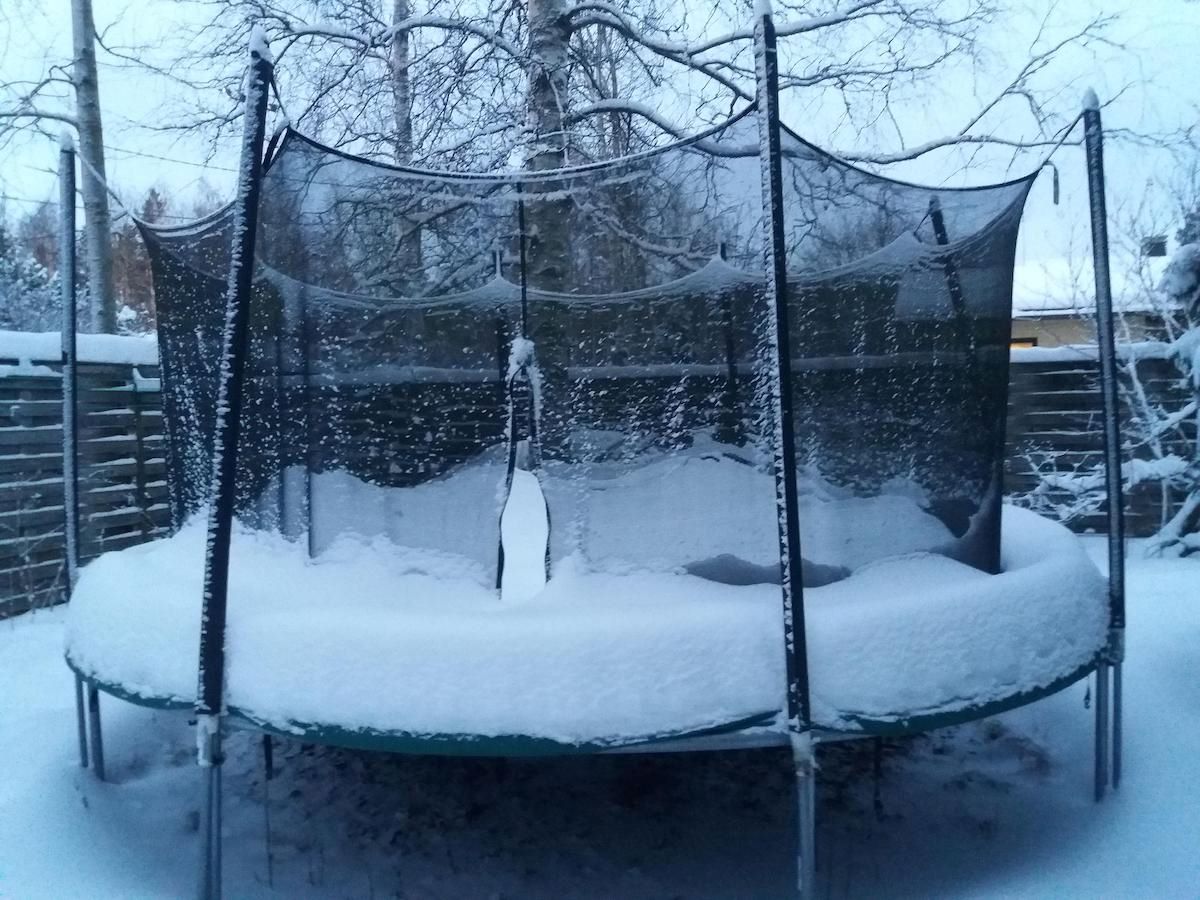



0 thoughts on “How To Store Inflatable Sup For Winter”